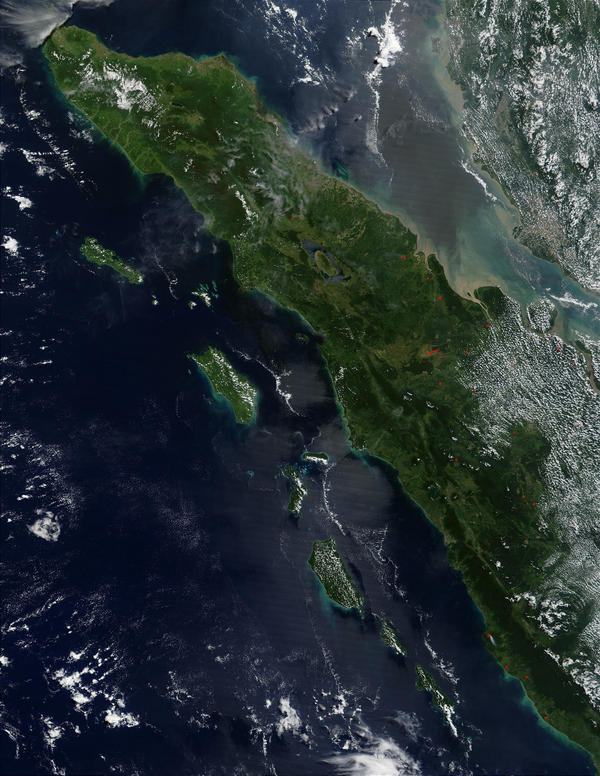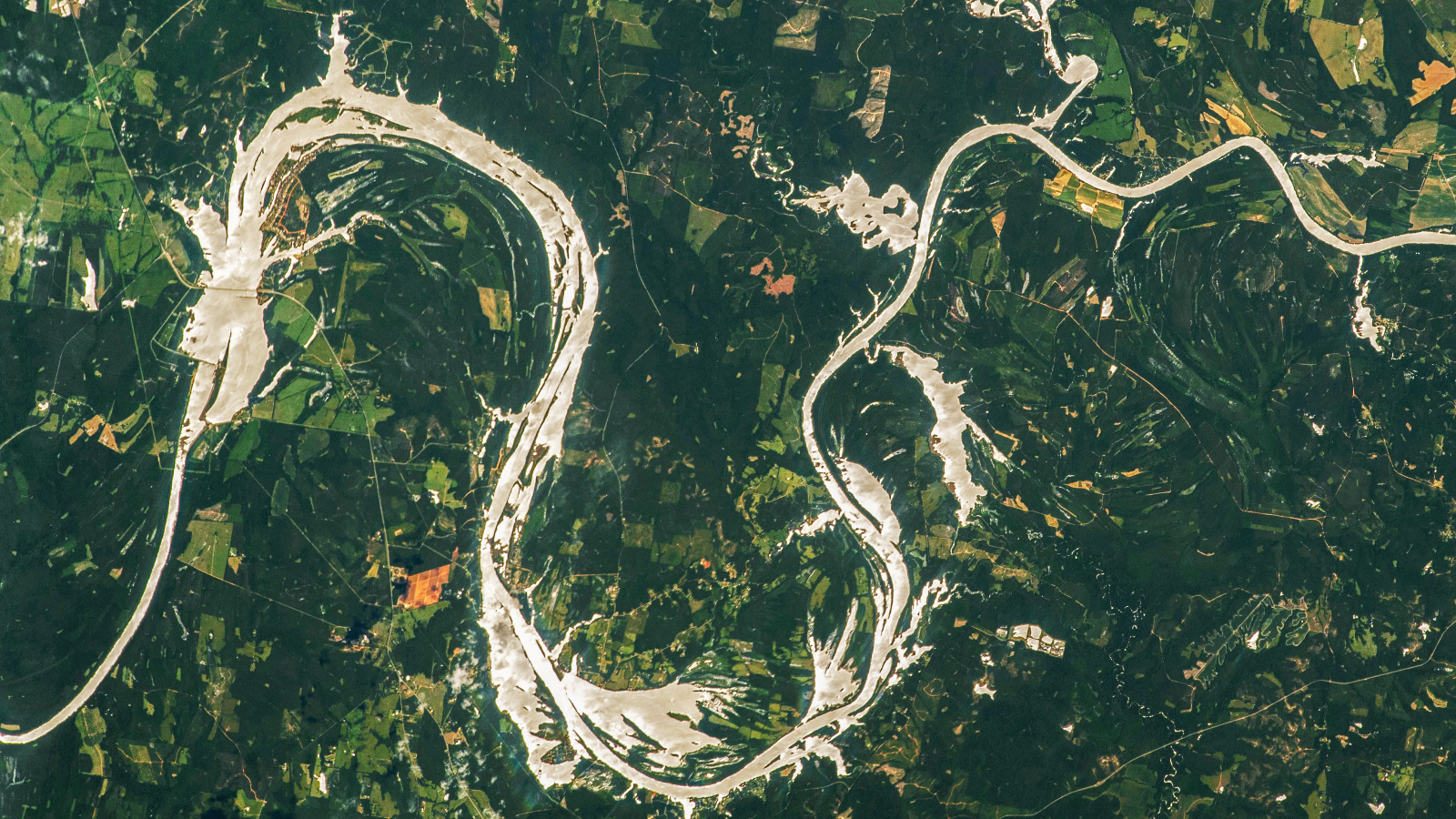Ancient Supervolcano Affected the Ends of the Earth

About 74,000 years ago, the Toba volcano on the Indonesian island of Sumatra erupted with catastrophic force. Estimated to be 5,000 times larger than the 1980 eruption of Mount St. Helens, it is believed to be the largest volcanic event on Earth in the last 2 million years.
Toba spewed enough lava to build two Mount Everests, it produced huge clouds of ash that blocked sunlight for years, and it the left behind a crater 31 miles (50 kilometers) across. The volcano even sent enough sulphuric acid into the atmosphere to create acid rain downpours in the Earth's polar regions, which researchers have found evidence of in deep ice cores.
"We have now traced this acid rain in the ice caps on Greenland and Antarctica," glaciologist Anders Svensson, of the Niels Bohr Institute at the University of Copenhagen, said in a statement.
"We have long had an idea of at what depth the Toba eruption could be found in the Greenland ice cap, but we found no ash, so we could not be sure," Svensson added. "But now we have found the same series of acid layers from Toba in the Greenland ice sheet and in the ice cap in Antarctica. We have counted the annual layers between acid peaks in ice cores from the two ice caps and it fits together."
The ice cores could offer more evidence about how the changed Earth's climate was drastically changed in the years after the colossal eruption. Researchers had previously estimated that such an event would have prompted a cooling of up to 10 degrees C (18 degrees F) in the global temperature for decades, but the ice cores show the cooling was probably short and not consistent across the globe.
"In the temperature curves from the ice cores we can see that there is no general global cooling as a result of the eruption," Svensson said. "There is certainly a cooling and large fluctuations in temperature in the Northern Hemisphere, but it becomes warmer in the Southern Hemisphere, so the global cooling has been short."
The new evidence also promises to settle some archaeological debates. The Toba eruption occurred at a critical point in early human history when Homo sapiens were first venturing out of Africa into Asia. However, there is wide disagreement about how early human were affected and whether large parts of the population were wiped out by the blast.
Get the world’s most fascinating discoveries delivered straight to your inbox.
Layers of ash from the Toba eruption have been found in Asia and serve as a very important reference horizon for ancient archaeological clues from this period that are too old to be carbon dated. The ice cores now provide another backdrop against which to place ancient finds.
"The new precise location of the Toba eruption in the ice cores will place the archaeological finds in a climatic context, which will help to shed light on this critical period of human history," Svensson said.
The study is detailed in the journal Climate of the Past.
Follow LiveScience on Twitter @livescience. We're also on Facebook & Google+.



